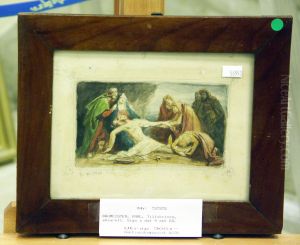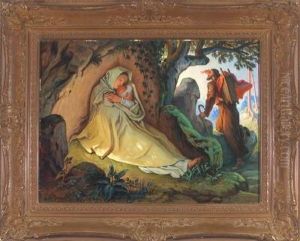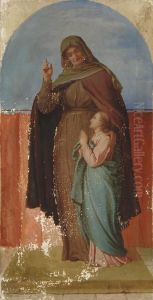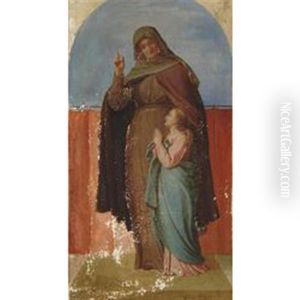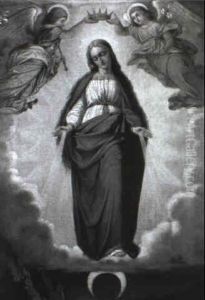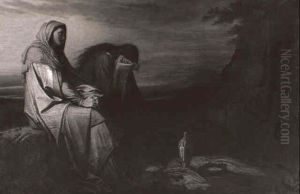Karl Baumeister Paintings
Karl Baumeister was a German visual artist known for his participation in the post-World War II abstract art movement in Europe. Born on August 16, 1928, in Leverkusen, Germany, Baumeister grew up in a period marked by the aftermath of the war and the significant cultural and political changes that swept across Germany and Europe.
Baumeister studied at the Werkkunstschule Wuppertal, where he was exposed to a variety of modern art movements and techniques. His early work was influenced by Expressionism and Surrealism, but as his style evolved, he became more interested in abstract art. He was particularly influenced by the Art Informel movement, which emphasized a spontaneous and intuitive approach to painting, and sought to break away from traditional forms and concepts of art.
Throughout his career, Baumeister experimented with different mediums and techniques, including painting, drawing, and printmaking. His abstract compositions often featured bold colors and dynamic forms, aiming to capture emotional intensity and the essence of the human spirit. Baumeister's work was exhibited in numerous solo and group exhibitions, both in Germany and internationally, and he became an influential figure in the German abstract art scene.
Karl Baumeister's contributions to the art world were recognized with various awards and honors. He was a member of several art associations and actively participated in the cultural dialogue of his time, advocating for the importance of art and artistic freedom. Baumeister continued to create art until his later years, constantly exploring new ideas and pushing the boundaries of abstract expression.
Baumeister passed away on January 4, 2009, in his home country of Germany. His legacy lives on through his artworks, which are part of public and private collections around the world. His dedication to abstract art and his unique visual language have inspired subsequent generations of artists and continue to be celebrated in the history of 20th-century art.

